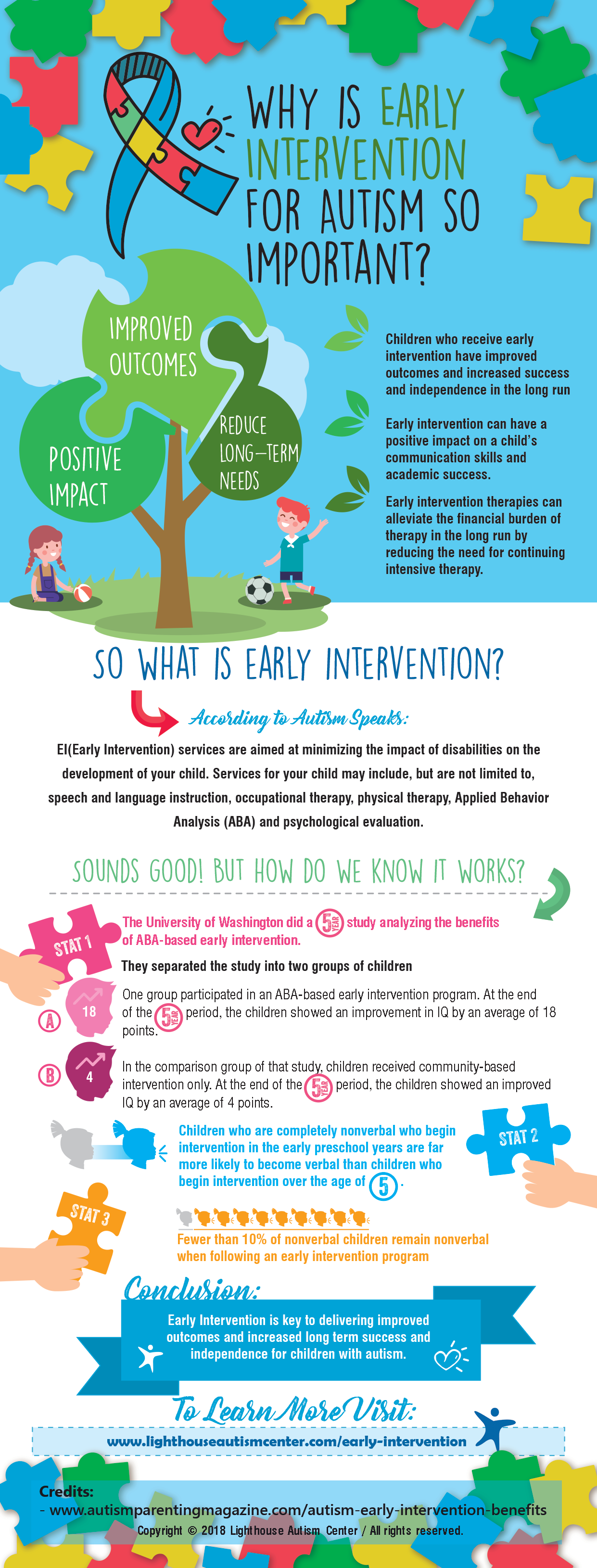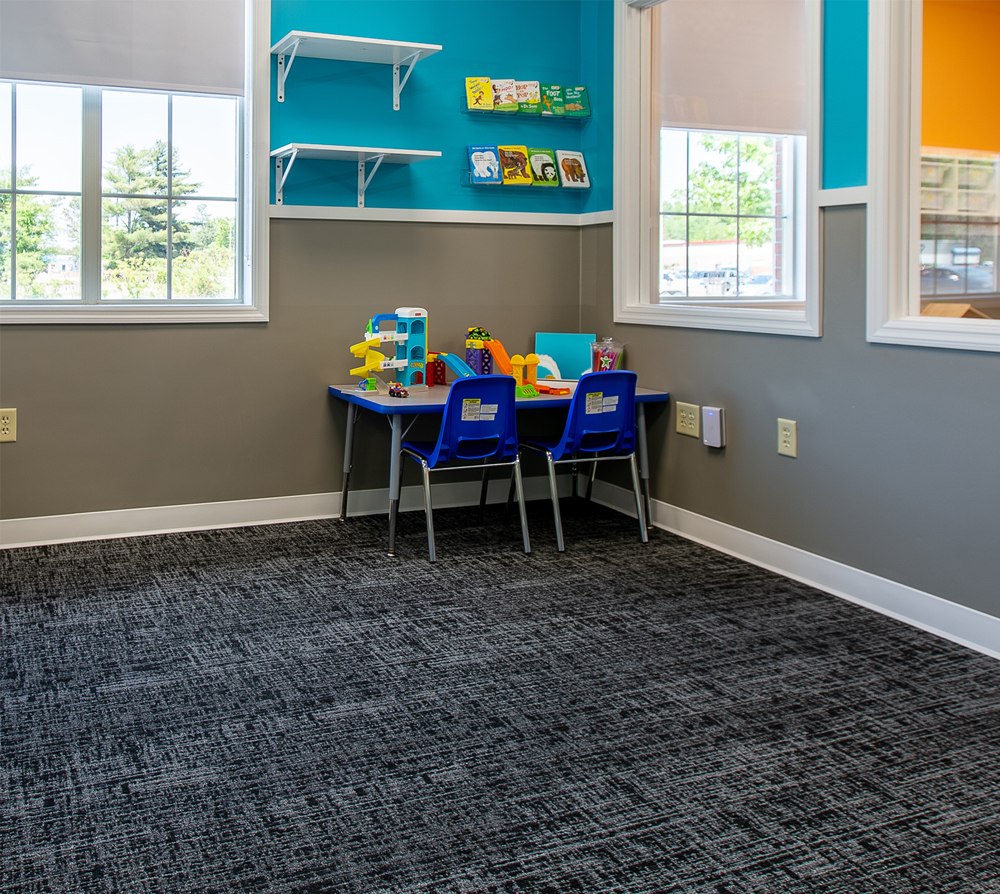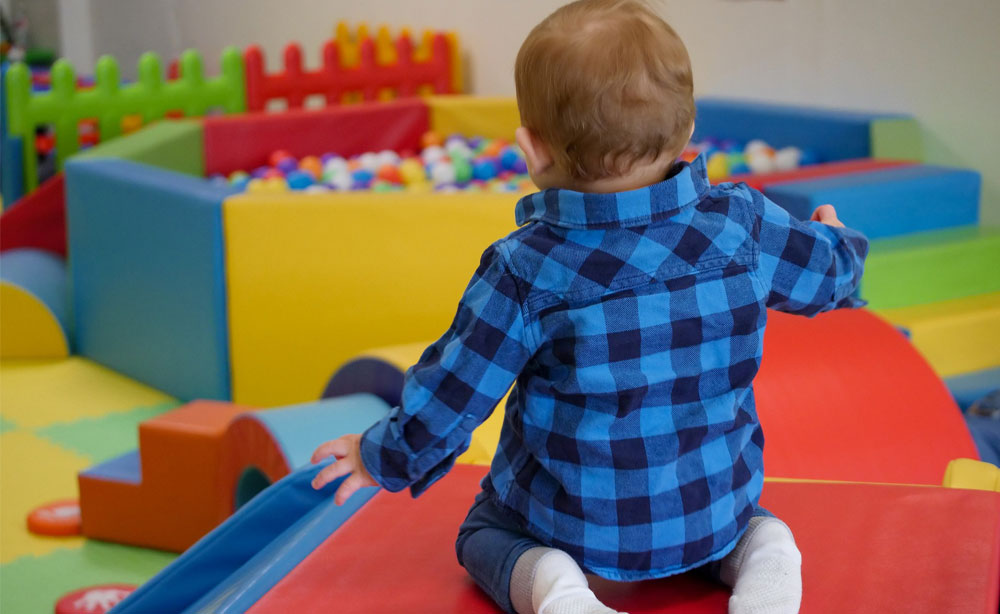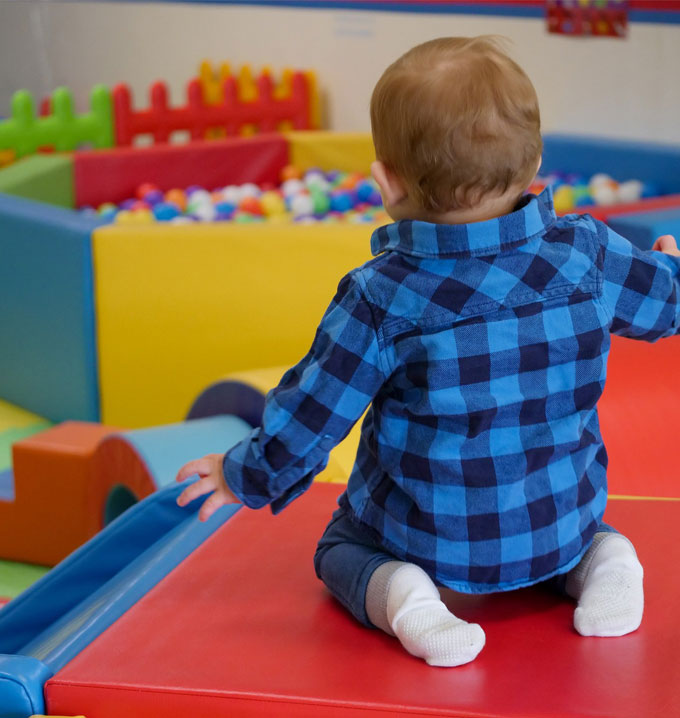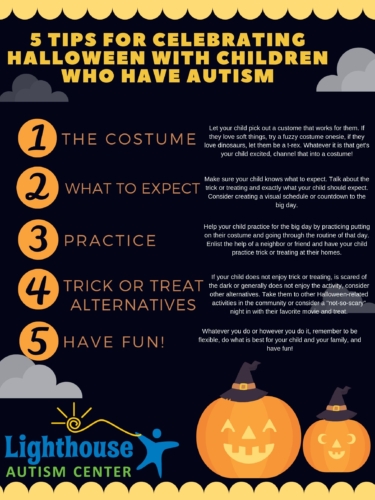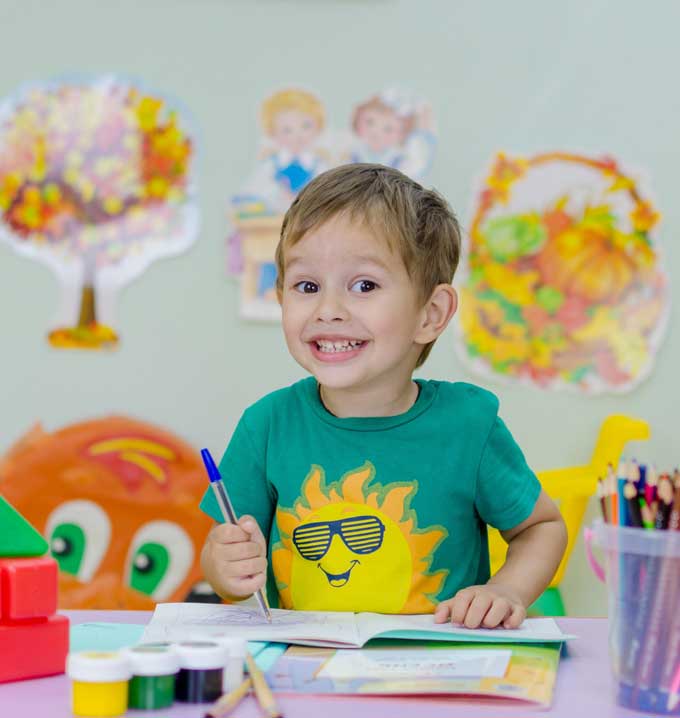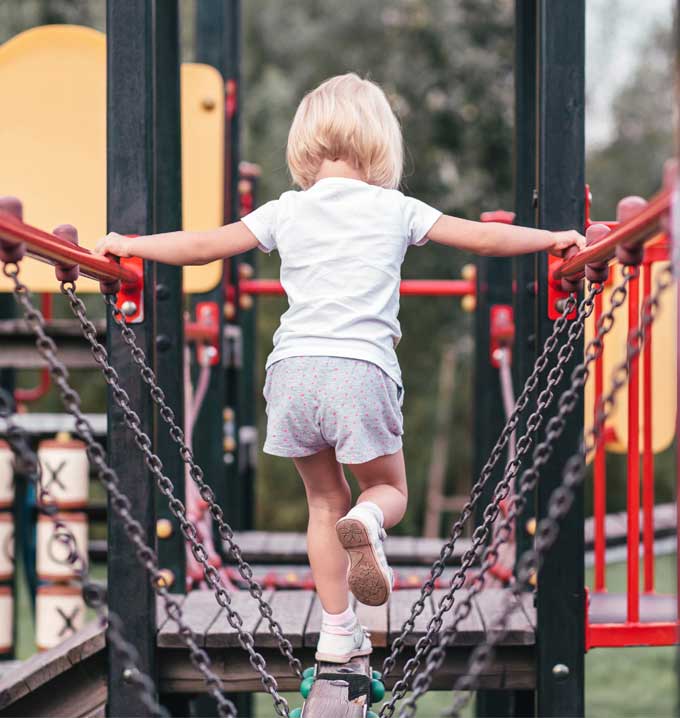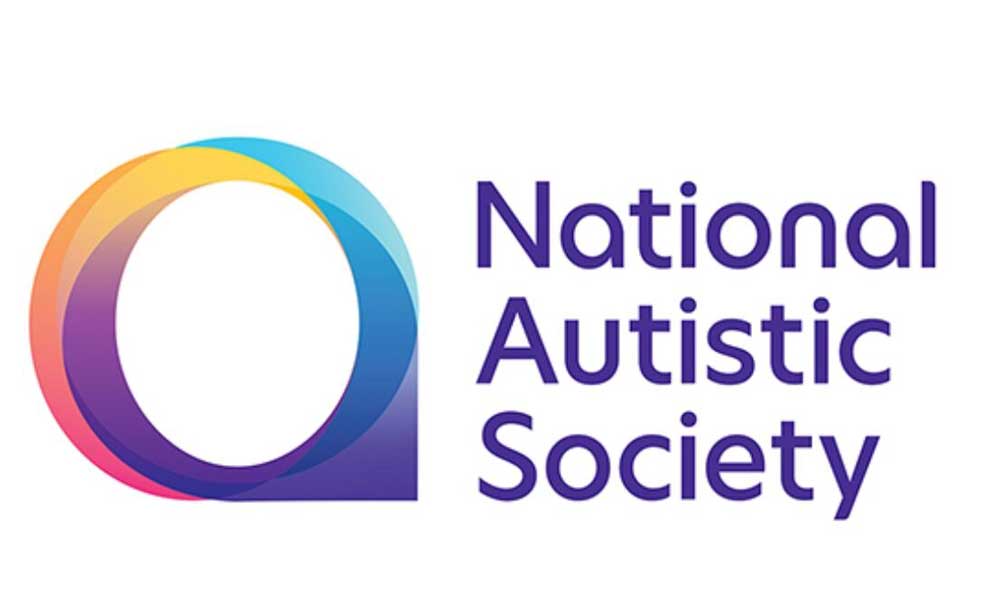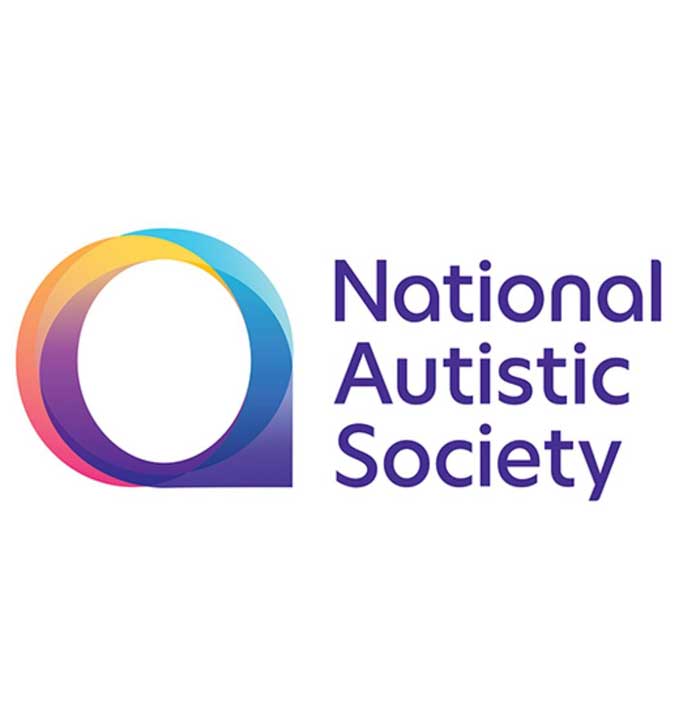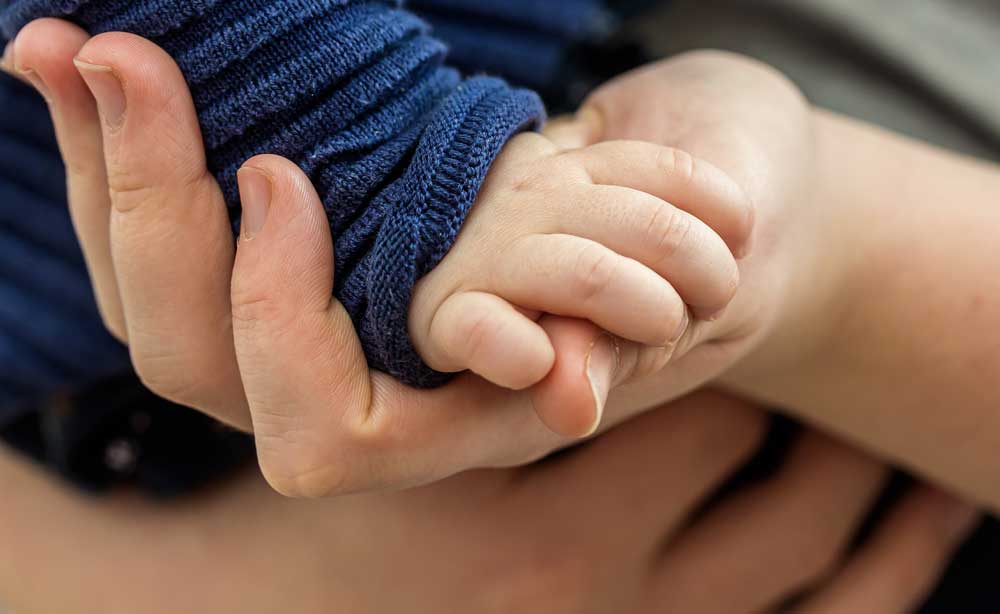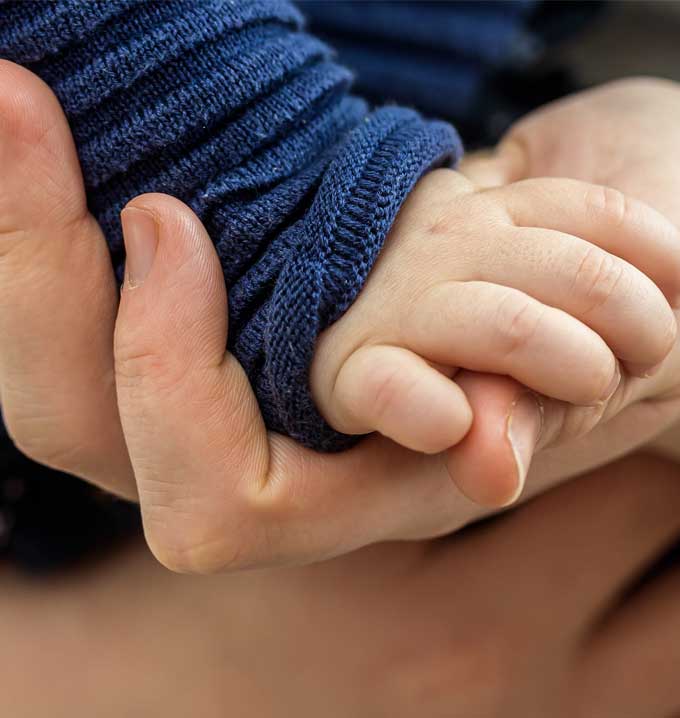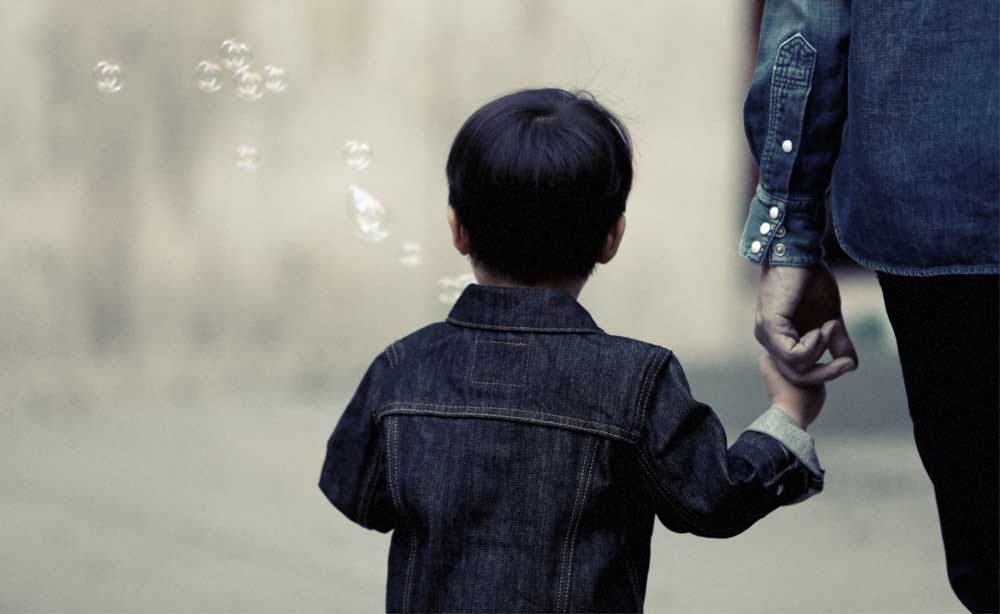A Comprehensive Guide to Resources and Groups in the Quad Cities and Iowa
Lighthouse Autism Center proudly serves the vibrant communities in and around the Quad Cities area. With centers located in East Moline, Illinois, and Davenport, Clinton, Marion, and North Liberty, Iowa, we’re dedicated to extending our reach far beyond geographical boundaries. At Lighthouse, our mission goes beyond providing exceptional clinical care – we’re committed to being a beacon of support and resources for families navigating the journey of autism.
The Quad Cities, situated along the majestic Mississippi River, is a unique metropolitan area encompassing five cities: Davenport and Bettendorf in Iowa, and Rock Island, Moline, and East Moline in Illinois. This dynamic region is known for its rich history, vibrant culture, and stunning riverfront views. From lively festivals and cultural events to outdoor recreation and family-friendly attractions, there’s always something exciting happening in the Quad Cities. Whether you’re exploring the historic downtown districts, taking a scenic stroll along the riverfront trails, or enjoying a performance at one of the local theaters, the Quad Cities offers a diverse array of experiences for residents and visitors alike. With a strong sense of community pride and a thriving economy, the Quad Cities continues to be a cherished destination for all who call it home.
Are you or someone you love navigating the journey of autism? Finding support and resources can make all the difference. Whether you’re in East Moline, Illinois, or Davenport, Clinton, Marion, or North Liberty, Iowa, there are numerous organizations dedicated to offering assistance and guidance. Here’s a curated list of some of the most valuable autism support groups and resources in the region:
ACEing Autism
ACEing Autism is a national organization that provides unique tennis programs tailored for children with autism. In Moline, IL, ACEing Autism aims to enhance the lives of children on the autism spectrum through the sport of tennis. By offering structured tennis sessions, the program helps children improve their social skills, motor skills, and physical fitness. Each session is designed to be fun and engaging, ensuring that participants not only develop a love for tennis but also gain valuable skills and confidence. The program is staffed by trained volunteers who are committed to making a positive impact on the lives of these children and their families.
Autistic & Loved
Autistic & Loved is a heartfelt initiative dedicated to supporting individuals with autism and their families. Specializing in chewable jewelry and meaningful gifts, the organization creates products that cater to the sensory needs of autistic individuals while celebrating their uniqueness and promoting acceptance. Their offerings provide comfort and a sense of belonging, reinforcing the message that individuals with autism are cherished and valued. Through their products and advocacy, Autistic & Loved aims to foster a supportive and inclusive community for those on the autism spectrum.
Autism Collective
The Autism Collective is an organization dedicated to providing comprehensive support for individuals with autism spectrum disorders and their families. It serves as a centralized resource, offering a wide range of services including diagnosis assistance, therapy options, educational support, and community integration programs. The Autism Collective aims to bridge gaps in autism care by connecting families to the necessary resources and support networks, ensuring that each individual receives tailored assistance to thrive. Their mission is to create a cohesive and inclusive environment where individuals with autism can achieve their fullest potential.
Autism Navigator
Autism Navigator is an extensive online resource designed to provide valuable information and tools for understanding and managing autism spectrum disorders. The platform offers a wealth of evidence-based resources, including courses, video tutorials, and interactive tools, aimed at helping parents, caregivers, and professionals support individuals with autism. By leveraging cutting-edge research and expert insights, Autism Navigator facilitates early detection, intervention, and ongoing support, making it an essential guide for anyone involved in the autism community.
Autism Society of Illinois
The Autism Society of Illinois is dedicated to enhancing the lives of individuals with autism spectrum disorders and their families throughout Illinois. The organization provides a range of services including advocacy, education, support groups, and resources to help navigate the challenges associated with autism. By fostering awareness and understanding, the Autism Society of Illinois aims to create inclusive communities where individuals with autism can thrive. Their mission is to ensure that all people with autism have the opportunity to lead meaningful and fulfilling lives.
Autism Society of the Quad-Cities
The Autism Society of the Quad-Cities is a local chapter committed to supporting individuals with autism spectrum disorders and their families in the Quad-Cities area. The organization provides valuable resources, advocacy, and educational programs designed to enhance the quality of life for those affected by autism. Through support groups, community events, and informational workshops, the Autism Society of the Quad-Cities fosters a supportive and inclusive environment. Their efforts aim to increase awareness, understanding, and acceptance of autism within the community.
Autism Society of Iowa
The Autism Society of Iowa is dedicated to improving the lives of individuals with autism spectrum disorders and their families across Iowa. The organization provides essential resources, support, and advocacy to ensure individuals with autism can lead fulfilling lives. They offer educational programs, support groups, and community events aimed at fostering awareness and understanding of autism. Through their comprehensive services, the Autism Society of Iowa works to create a more inclusive and supportive environment for people with autism and their families.
Autism Speaks
Autism Speaks is a prominent advocacy organization focused on autism spectrum disorder (ASD). Founded in 2005, it has become a leading voice in raising awareness, advancing research, and advocating for individuals and families affected by autism. The organization provides resources, support services, and conducts campaigns to enhance understanding and acceptance of autism within society. Autism Speaks has been influential in shaping public policy and fostering community support for individuals on the autism spectrum.
Autism Support of Central Illinois
Autism Support in Central Illinois (ASCI) is a nonprofit organization dedicated to providing resources and support for individuals and families affected by autism spectrum disorder (ASD) in the Central Illinois region. Established to promote awareness and understanding of autism, ASCI offers a variety of services including advocacy, educational workshops, support groups, and community events. Their mission is to empower individuals with autism and their families by connecting them to resources and fostering a supportive environment that promotes inclusion and acceptance within the community.
The Adult Autism Group (TAAG)
The Adult Autism Group (TAAG) is a nonprofit organization dedicated to supporting adults on the autism spectrum. Based in Massachusetts, TAAG aims to empower individuals with autism through various programs and services tailored to their unique needs. They provide opportunities for social interaction, skill development, advocacy, and community engagement. TAAG also advocates for greater awareness and acceptance of autism in adulthood, aiming to improve the quality of life and promote independence for adults on the spectrum.
The Arc of Illinois
The Arc of Illinois is a statewide advocacy organization committed to promoting the rights and supporting the needs of individuals with intellectual and developmental disabilities (I/DD) and their families. Founded in 1950, The Arc of Illinois provides a wide range of services including advocacy, public policy initiatives, educational resources, and support networks. Their mission is to empower individuals with disabilities to achieve full inclusion and participation in their communities, and to ensure access to services and opportunities that enhance their quality of life.
The Arc of Quad Cities Area
The Arc of the Quad Cities Area is a nonprofit organization dedicated to empowering individuals with intellectual and developmental disabilities (I/DD) and their families in the Quad Cities region of Illinois and Iowa. Established to promote independence, inclusion, and advocacy, The Arc provides a range of services including residential support, employment assistance, recreational activities, and educational programs. Their mission focuses on enhancing the quality of life for individuals with disabilities through community engagement, support networks, and promoting awareness and acceptance.
Behavioral Health and Intervention Services (BHIS) – Heart and Solutions
Behavioral Health and Intervention Services (BHIS) at Heart and Solutions is an organization dedicated to providing comprehensive support and therapy for individuals facing behavioral health challenges in Iowa. They specialize in offering evidence-based interventions that address various behavioral and emotional needs. BHIS aims to empower clients and families by promoting positive behavior changes and enhancing overall well-being through personalized treatment plans. Their services include skill-building, therapy sessions, and support aimed at improving daily functioning and quality of life.
CHADD
CHADD, which stands for Children and Adults with Attention-Deficit/Hyperactivity Disorder, is a national nonprofit organization dedicated to improving the lives of individuals affected by ADHD. Founded in 1987, CHADD provides support, education, and advocacy for children, adults, parents, and professionals dealing with ADHD. The organization offers resources such as informational articles, webinars, conferences, and local support groups to help individuals better understand ADHD and navigate its challenges. CHADD also advocates for policies that promote awareness, research, and effective treatments for ADHD across the United States.
Child and Family Connections
Child and Family Connections (CFC) is a network of agencies in Illinois that provides early intervention services for infants and toddlers with developmental delays or disabilities, as well as support for their families. CFC assists families in accessing resources and services that promote the child’s development and help integrate them into community life. They collaborate with parents and caregivers to create individualized plans tailored to the child’s specific needs. CFC aims to enhance early childhood development and improve outcomes for children with disabilities by fostering a supportive and nurturing environment.
Community Choices
Community Choices is a nonprofit organization based in Illinois that provides support services for individuals with developmental disabilities. Established to promote independence and community integration, Community Choices offers a range of programs including residential services, vocational training, and day programs. Their mission is to empower individuals with disabilities to lead fulfilling lives by offering personalized support that enhances their quality of life and promotes inclusion within the community.
CTF Illinois
CTF Illinois is a nonprofit organization dedicated to providing support and services for individuals with developmental disabilities in Illinois. Established in 2003, CTF Illinois operates residential homes and day programs designed to promote independence, community integration, and quality of life for people with disabilities. They offer personalized care plans, vocational training, recreational activities, and therapeutic services tailored to meet the diverse needs of their clients. CTF Illinois strives to empower individuals with disabilities to achieve their full potential and live meaningful lives within their communities.
Discover Self Community
Discover Self Community (DSC) is a nonprofit organization based in Illinois, dedicated to providing support and services for individuals with intellectual and developmental disabilities (I/DD). Established to promote independence, inclusion, and empowerment, DSC offers a variety of programs and supports including residential services, day programs, employment opportunities, and recreational activities. Their mission is to enhance the quality of life for individuals with disabilities by fostering a supportive environment that encourages personal growth and community engagement. DSC is committed to advocating for the rights and needs of individuals with I/DD, ensuring they have access to the resources and opportunities necessary to thrive.
Embrace Autism (Adults)
Embrace Autism (Adults) is an organization dedicated to supporting adults on the autism spectrum. Based on their website, they focus on providing resources and guidance specifically tailored to the needs of adults with autism. Their mission is to empower individuals with autism to live fulfilling lives by offering information, strategies, and community support. Embrace Autism (Adults) aims to foster understanding and acceptance of autism in adulthood while advocating for inclusive opportunities and improving quality of life through their specialized services and initiatives.
Family Matters PTIC
Family Matters Parent Training and Information Center (FMPTIC) is a nonprofit organization dedicated to supporting families of children with disabilities and special healthcare needs in Illinois. Established to empower parents and caregivers, FMPTIC provides information, training, and resources to navigate the complex systems of education, healthcare, and community support. They offer workshops, one-on-one consultations, and access to a wealth of educational materials designed to help families advocate effectively for their children’s needs. FMPTIC aims to strengthen family engagement in decision-making processes and promote positive outcomes for children with disabilities through informed and empowered parenting.
Family Resiliency Center
The Family Resiliency Center’s Autism Program at the University of Illinois focuses on research and community outreach to support families affected by autism spectrum disorder (ASD). Their mission includes conducting innovative research to improve understanding of autism and its impact on families, as well as providing evidence-based interventions and resources. The program collaborates with families, professionals, and community organizations to enhance resilience and promote well-being for individuals with autism and their families.
Family Voices Illinois
Family Voices Illinois is a nonprofit organization dedicated to advocating for children and youth with special healthcare needs and disabilities, as well as their families. Their mission is to empower families by providing support, information, and resources to navigate healthcare systems, educational services, and community support networks effectively. Family Voices Illinois offers a range of services including peer support, training, workshops, and advocacy to ensure families have the tools and knowledge to advocate for their children’s health and well-being. They collaborate with healthcare providers, policymakers, and other stakeholders to promote policies and practices that enhance the quality of life for children with special healthcare needs.
FindHelp.org
FindHelp.org is an online platform that connects individuals in need with essential social services and resources. The website provides a comprehensive directory of nonprofit organizations, government agencies, and community-based programs across the United States. Users can search for assistance in various categories such as food, housing, healthcare, financial support, and more, based on their location and specific needs. FindHelp.org aims to streamline access to vital services and empower individuals and families to find the support they require quickly and efficiently.
Four Oaks Cedar Rapids
Four Oaks Cedar Rapids is part of Four Oaks Family and Children’s Services, a nonprofit organization dedicated to providing support and resources for children, youth, and families in Iowa. They offer a wide range of programs and services including foster care, adoption, residential treatment, behavioral health services, education support, and family support programs. Four Oaks Cedar Rapids focuses on enhancing the well-being and stability of children and families through innovative and effective solutions that address their unique needs.
Full Spectrum Agency for Autistic Adults
Full Spectrum Agency for Autistic Adults is an organization dedicated to supporting autistic adults in the United States. They focus on providing services and resources that promote independence, community integration, and well-being for autistic individuals. The agency offers personalized support plans, vocational training, social skills development, and advocacy to empower autistic adults to lead fulfilling lives. Full Spectrum Agency for Autistic Adults emphasizes understanding and respecting neurodiversity while striving to create inclusive environments where autistic individuals can thrive.
Hand-in-Hand/Tessa’s Place
Hand-in-Hand/Tessa’s Place is a nonprofit organization based in the Quad Cities area of Illinois and Iowa, dedicated to providing comprehensive services for individuals with disabilities. They offer a variety of programs including day habilitation, residential services, community integration, vocational training, and therapeutic activities. Hand-in-Hand/Tessa’s Place aims to enhance the quality of life and promote independence for individuals with disabilities by fostering a supportive and inclusive environment. Their services are designed to meet the unique needs of each individual, empowering them to participate actively in their community.
- Location: Bettendorf, IA
- Contact: (563) 332-8010
- Website: Hand-in-Hand
Illinois/Iowa Center for Independent Living
The Illinois/Iowa Center for Independent Living (IICIL) is a nonprofit organization dedicated to empowering individuals with disabilities in Illinois and Iowa. They provide a wide range of services to promote independence, including advocacy, peer support, skills training, information and referral, and assistive technology resources. IICIL works to eliminate barriers and ensure equal opportunities for people with disabilities to participate fully in community life. Through their programs and initiatives, IICIL strives to enhance the quality of life and foster inclusion for individuals with disabilities across both states.
Iowa Compass
Iowa Compass is a resource center that provides information and referral services for people with disabilities in Iowa. Operated by the University of Iowa, Iowa Compass offers a comprehensive database of disability-related resources including services, programs, and supports available statewide. Their mission is to connect individuals with disabilities, their families, and service providers to relevant resources and assistive technology solutions. Iowa Compass also offers advocacy support and guidance to help individuals navigate the complex systems of healthcare, education, and community services effectively.
- Location: Iowa City, IA
- Contact: (800) 779-2001
- Website: Iowa Compass
Special Olympics Illinois/Iowa
Special Olympics Illinois/Iowa is a nonprofit organization dedicated to providing year-round sports training and athletic competition for children and adults with intellectual disabilities. They offer a variety of sports programs designed to promote physical fitness, build confidence, and foster friendships among participants. Special Olympics Illinois/Iowa operates through local chapters and volunteers who organize events, competitions, and fundraising activities throughout the year. Their mission is to empower individuals with intellectual disabilities to realize their full potential and achieve personal success through sports training and competition.
Moline Challenger League
The Moline Challenger League provides opportunities for children with special needs in the Quad Cities area to participate in baseball. It is a division of the Little League Challenger Division, offering a supportive environment where children with physical and developmental disabilities can enjoy the sport of baseball. The league emphasizes inclusivity, teamwork, and fun, providing a structured yet flexible approach to accommodate various abilities. Through their programs and activities, the Moline Challenger League aims to promote physical activity, social interaction, and positive experiences for all participants and their families.
Para Taekwondo
Para Taekwondo, affiliated with Dum Yon Martial Arts, focuses on providing opportunities for individuals with disabilities to participate in Taekwondo. The program aims to promote physical fitness, self-defense skills, and personal empowerment among participants. Para Taekwondo offers specialized training tailored to accommodate various abilities and disabilities, fostering an inclusive environment where all individuals can develop their martial arts abilities. Through their programs and support, Para Taekwondo encourages confidence, discipline, and community engagement for people with disabilities.
Prairieland Service Coordination Inc.
Prairieland Service Coordination Inc. (PSCI) is a nonprofit organization based in Illinois, dedicated to providing service coordination for individuals with intellectual and developmental disabilities (I/DD). PSCI assists clients in accessing and navigating various services and resources that promote independence, inclusion, and quality of life. They work closely with individuals, families, and community providers to develop personalized plans that meet the unique needs of each client. PSCI aims to empower individuals with disabilities to achieve their goals and maximize their potential within their communities.
Regional Autism Assistance Program (RAP) – Iowa
The Regional Autism Assistance Program (RAP) in Iowa, operated by Children’s Health Services Inc. (CHSI), provides essential support and resources for individuals and families affected by autism spectrum disorder (ASD). RAP offers comprehensive assistance including diagnostic evaluations, educational workshops, individualized treatment plans, and access to community resources. The program collaborates with healthcare professionals, educators, and service providers to ensure coordinated care and effective support for individuals with ASD throughout Iowa. RAP’s mission is to enhance the quality of life for individuals on the autism spectrum by promoting understanding, acceptance, and access to necessary services.
Skyline Center Inc.
Skyline Center Inc. is a nonprofit organization based in Dubuque, Iowa, dedicated to providing services and support for individuals with disabilities. They offer a variety of programs including residential services, vocational training, community employment support, day programs, and recreational activities. Skyline Center aims to empower individuals with disabilities to achieve independence, inclusion, and personal growth. They collaborate with local communities and businesses to create opportunities and promote integration for their clients.
Specialized Care for Children
Specialized Care for Children (SCC) is a statewide program based at the University of Illinois at Chicago (UIC), dedicated to improving the health and well-being of children with special healthcare needs in Illinois. SCC provides care coordination, financial assistance, and resources to families navigating complex medical systems. They assist with accessing necessary healthcare services, equipment, and therapies for children with chronic conditions or disabilities. SCC collaborates with healthcare providers, educators, and community organizations to ensure comprehensive support for children and their families.
The Play Project
The Play Project is a comprehensive early intervention program designed to support children with autism spectrum disorder (ASD) and their families. Based on the DIR/Floortime model, The Play Project focuses on promoting developmental progress through structured play and interaction. The program provides training and support to parents and caregivers, empowering them to engage effectively with their child and facilitate social, emotional, and cognitive growth. By emphasizing play-based strategies, The Play Project aims to enhance communication skills, sensory integration, and overall development in children with autism.
University of Iowa Hospitals and Clinics – The Autism Center
The Autism Center at the University of Iowa Hospitals and Clinics (UIHC) is dedicated to providing comprehensive care and support for individuals with autism spectrum disorder (ASD) and their families. They offer a multidisciplinary approach to diagnosis, treatment, and ongoing management of autism, including behavioral interventions, speech therapy, occupational therapy, and medical consultations. The Autism Center conducts research to advance understanding and treatment of autism, while also providing educational resources and support for families and caregivers. Their mission is to improve outcomes and quality of life for individuals with autism through integrated healthcare services and innovative research.
Vera French Community Mental Health Center
Vera French Community Mental Health Center is a nonprofit organization based in Davenport, Iowa, specializing in providing comprehensive mental health services. They offer a wide range of programs including outpatient therapy, crisis intervention, residential treatment, and community support services. Vera French is committed to promoting mental wellness and improving the quality of life for individuals and families in the Quad Cities area. They strive to enhance access to mental health care through advocacy, education, and collaboration with community partners.
This comprehensive guide offers a wealth of resources for individuals with autism and their families in East Moline, Illinois, and Iowa. Whether seeking support for children, teens, or adults, these organizations are dedicated to providing the necessary services and creating a more inclusive community.
These resources offer a wide range of support, from therapy and advocacy to recreational activities and educational opportunities. Whether you’re seeking information about diagnosis, therapy options, or community events, these organizations are here to help. Remember, you’re not alone on this journey – reach out and discover the support that’s available to you.
Together, we can unlock your child’s potential
